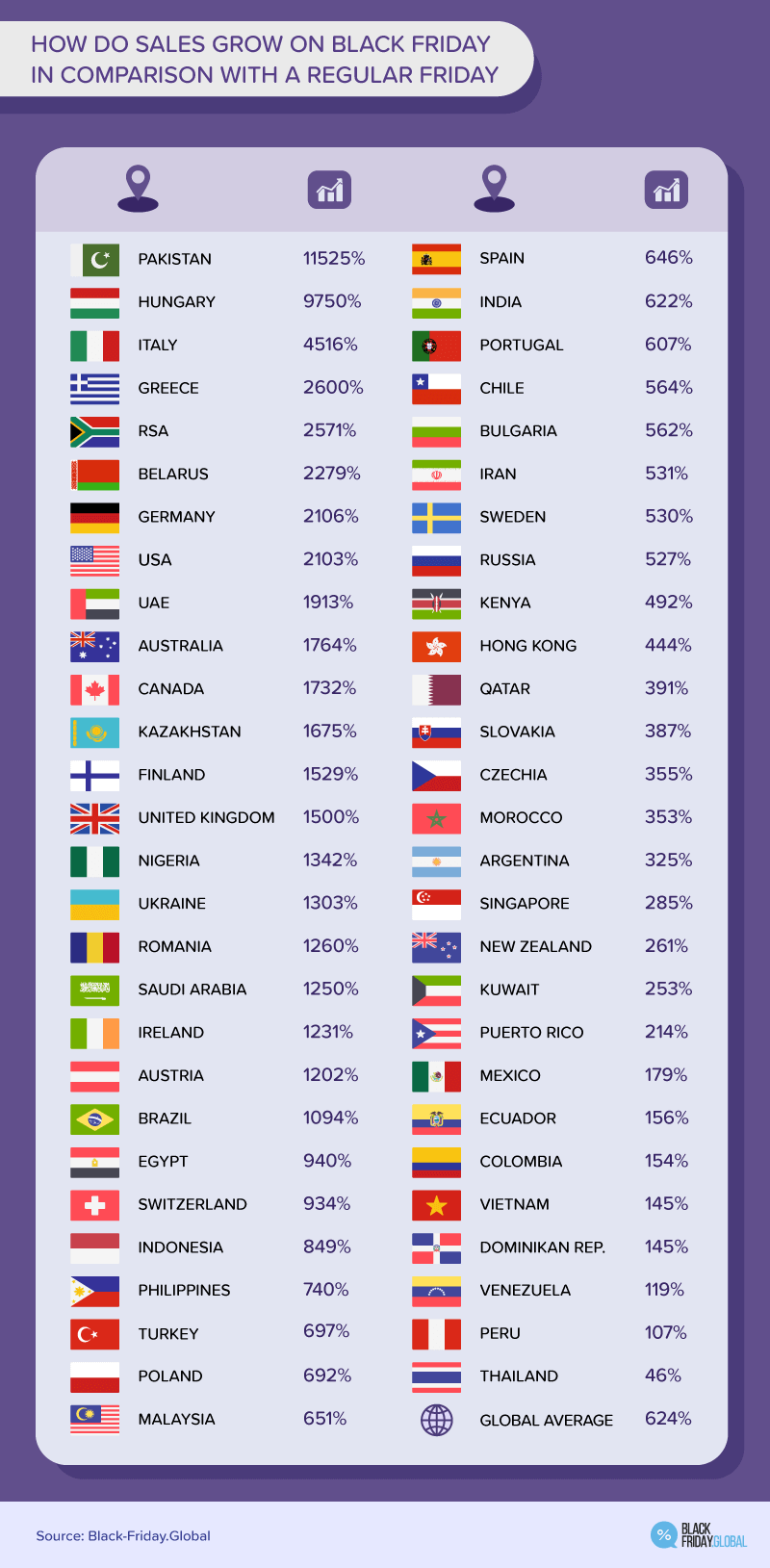Had you heard today is Black Friday. Or have you been living as a hermit in a cave without phone or access to emails for the last couple of weeks or so?
Like Cyber Monday, Green Monday and Giving Tuesday, Black Friday is a retail event imported from the United States, where it is timed to coincide with the Thanksgiving national holiday period. Sadly, here in the UK, we don’t get the holiday, but we do get the pleasure of a day – which often extends to at least a couple of weeks – indulging ourselves with the luxury of purchasing goods that we probably don’t need at prices that are well below the usual retail price.
Or do we?
The consumer group Which monitored the prices of 83 products that were offered for sale during 2018’s Black Friday event and found:
- 95% of the products were available at the same price or cheaper in the 6 months following Black Friday;
- 61% of the products had been available at the same price or cheaper in the 6 months prior to Black Friday;
- Just 5% of the products were genuinely at their cheapest on Black Friday compared to the surrounding 12-month period.
Obviously 83 products is not a huge sample size, especially since different retailers are likely to have a different pricing strategy, so you shouldn’t read too much into the exact numbers. But the message is clear and probably ties in with your own experience of the way retailers manipulate shoppers’ expectations during ‘sales’.
Anyway, a fun statistical analysis of various aspects of Black Friday can be found here. I’m not sure how reliable any of the analyses are, especially in light of the Which results, but an example is given in the following figure. This shows – apparently – the sales growth per country on Black Friday compared to a regular Friday.

Now, I don’t know if it’s the number of items sold, the money spent, or something else, but in any case Pakistan supposedly has a retail rate that’s 11525% of a normal Friday rate. That’s to say a sales increase factor of 115. In Italy the factor is 45 and even in the UK the usual Friday rate is multiplied by 15. Impressive if true.
But I’m personally more impressed by Thailand who doggedly spend less than half of a normal Friday’s expenditure on Black Friday. Of course, we can’t tell from these data whether this is due to a genuine resistance to Black Friday, or whether Thailand has a strong seasonal variation in sales such that this time of the year is naturally a period of low sales.
Finally, if you want to empathise with Thailand, you could yourself participate in Buy Nothing Day, intentionally held on the same day as Black Friday. It probably doesn’t need much in the way of explanation, but just in case, here’s the tagline from the webpage:
Lock up your wallets and purses, cut up your credit cards and dump the love of your life – shopping!
It’s time to celebrate Buy Nothing Day!
Maybe someone should pass the message on to Pakistan.
